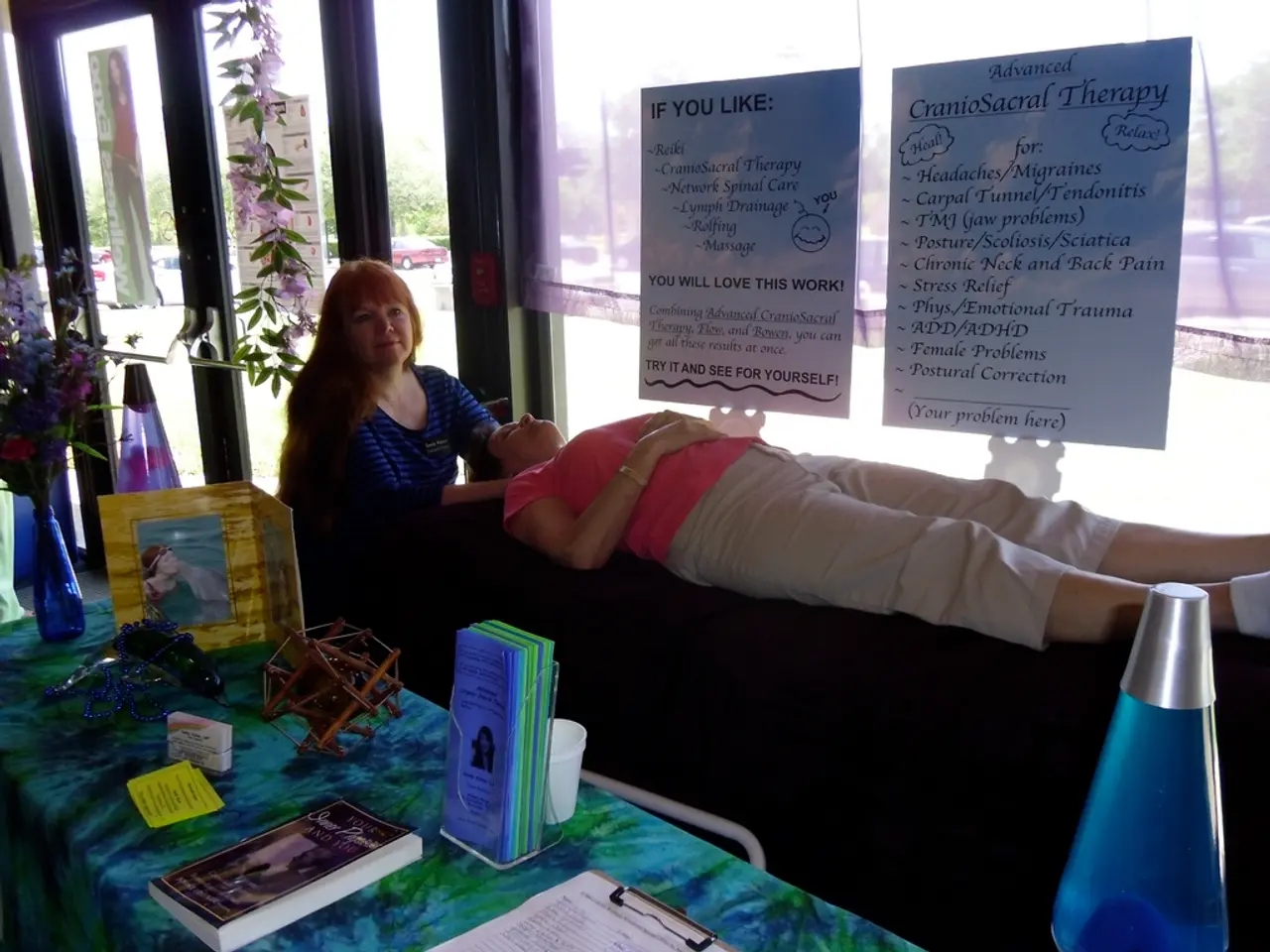Untreated Attention Deficit Hyperactivity Disorder (ADHD) in Women
In the realm of mental health, Attention-Deficit/Hyperactivity Disorder (ADHD) has long been a subject of interest. However, for women, the journey to understanding this condition can be fraught with challenges. The term ADD (Attention-Deficit Disorder), once commonly used, was replaced by ADHD in 1987, marking a significant shift in the understanding of the disorder [1].
ADHD is categorised into three types: Primarily Hyperactive, Primarily Inattentive, and Combined Type. The Inattentive type, often unrecognized, presents with struggles in focus, following directions, organisation, forgetfulness, and mental fatigue [2]. Unfortunately, this type of ADHD is more prevalent among women, who may go undetected or be diagnosed late, a phenomenon known as "the lost girls" [5].
The lack of recognition for women with inattentive ADHD can lead to significant impacts on their mental health, relationships, and overall quality of life. Women with ADHD are more likely to have internalized symptoms, leading to feelings of misunderstanding and being labeled as "lazy," "spacey," or simply being told to try harder [3].
Women with ADHD often learn to mask their symptoms by overpreparing, overworking, and relying heavily on lists, calendars, and routines. This coping mechanism, while effective to a degree, can lead to exhaustion and may not be recognized as a symptom of ADHD [1][3]. Internalized struggles, such as low self-esteem, excessive people-pleasing, and perfectionism, are often mistaken for stress or anxiety rather than ADHD symptoms [1].
Moreover, women with ADHD may experience intense emotions and mood swings, which can be misdiagnosed as mood disorders [1]. Societal expectations, with women facing pressures to maintain high levels of productivity and domestic responsibilities, can exacerbate feelings of overwhelm and failure [3]. Co-occurring mental health issues, such as anxiety and depression, are also common and can be misattributed as the primary cause of inattention and feelings of overwhelm [3].
In the medical field, diagnoses of ADHD in women are often delayed, occurring later in life compared to men, partly due to the misconception that ADHD primarily affects boys [5]. Current diagnostic criteria do not adequately account for the unique manifestation of symptoms in women, leading to missed diagnoses and inappropriate treatment approaches [3]. Symptoms such as inattention and emotional dysregulation are frequently misattributed to mood disorders or personality traits rather than ADHD [1][3].
However, with growing awareness and research, healthcare providers can begin to consider the unique ways ADHD can be displayed in women. Treatment for ADHD can include medication, therapy, ADHD coaching, and peer support groups. By creating a more inclusive understanding of ADHD, we can empower women to seek the support they need and improve their well-being.
References: [1] Hallowell, E. M., & Ratey, J. J. (2005). Driven to Distraction: Recognizing and Coping with Attention Deficit Disorder from Childhood Through Adulthood. Touchstone. [2] American Psychiatric Association. (2013). Diagnostic and Statistical Manual of Mental Disorders (5th ed.). Arlington, VA: American Psychiatric Publishing. [3] Barkley, R. A. (2015). Taking Charge of Adult ADHD: The Complete, Authoritative Guide for Living Well with Attention Deficit Hyperactivity Disorder. Guilford Press. [5] Kooij, M. A. J., & Buitelaar, J. K. (2016). The Gender Gap in ADHD: A Review. Journal of Attention Disorders, 20(2), 147-163.
- The Inattentive type of ADHD, prevalent among women, is often unrecognized and can lead to mental health issues, such as internalized symptoms, low self-esteem, excessive people-pleasing, and perfectionism.
- The lack of recognition for women with ADHD in the realm of mental health can have significant impacts on their overall quality of life, relationships, and mental health, leading to feelings of misunderstanding and being labeled inaccurately.
- Current diagnostic criteria for ADHD do not fully account for the unique manifestation of symptoms in women, leading to missed diagnoses and inappropriate treatment approaches.
- With growing awareness and research, health-and-wellness, mental-health, and women's-health professionals can begin to consider the unique ways ADHD can be displayed in women, providing opportunities for earlier diagnosis and improved treatment options.




